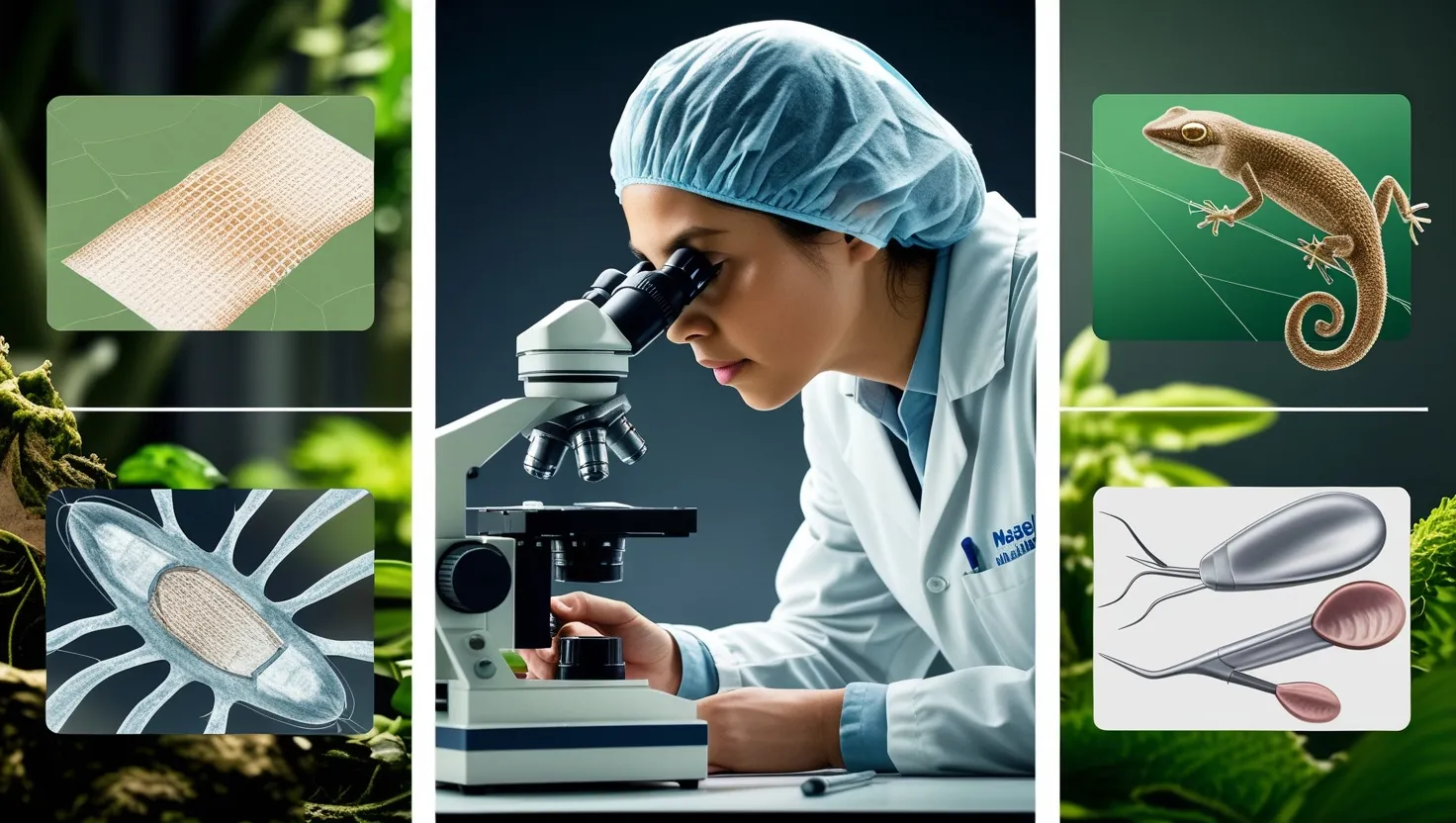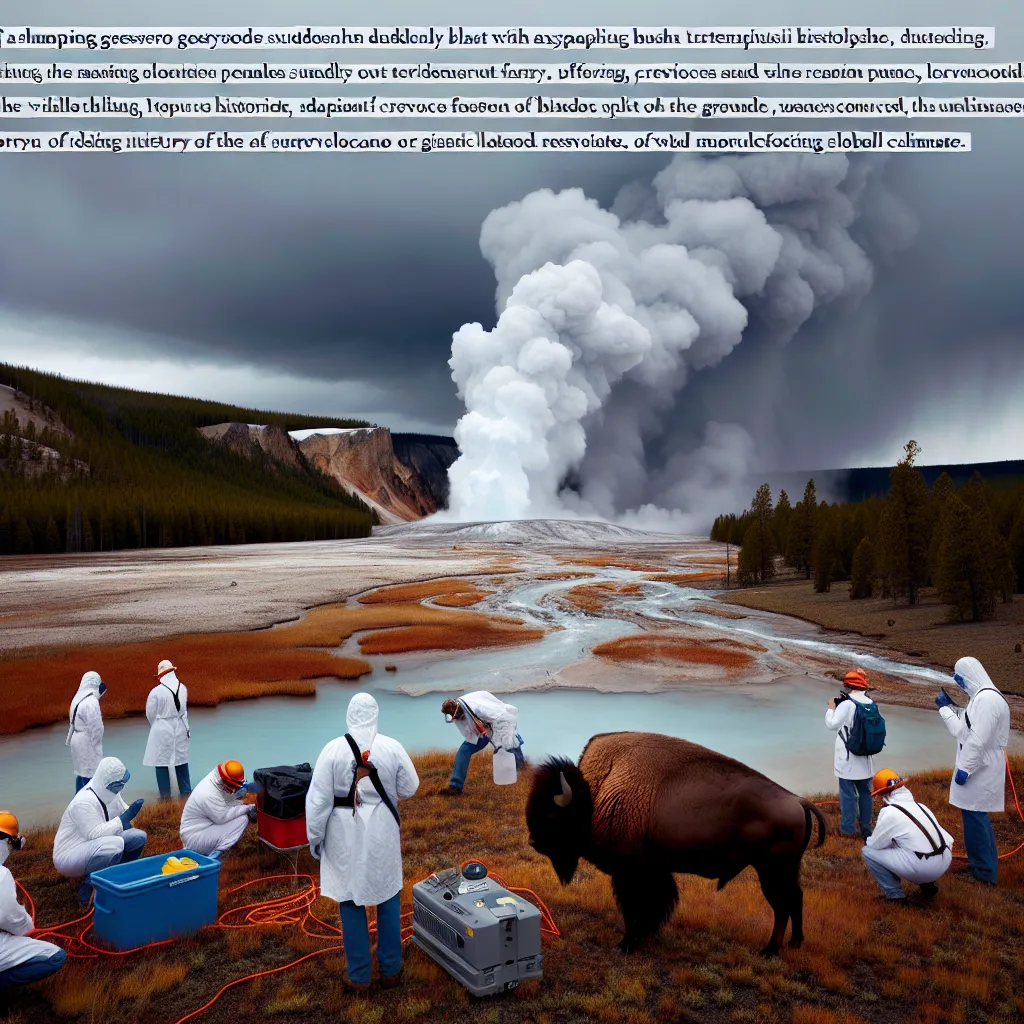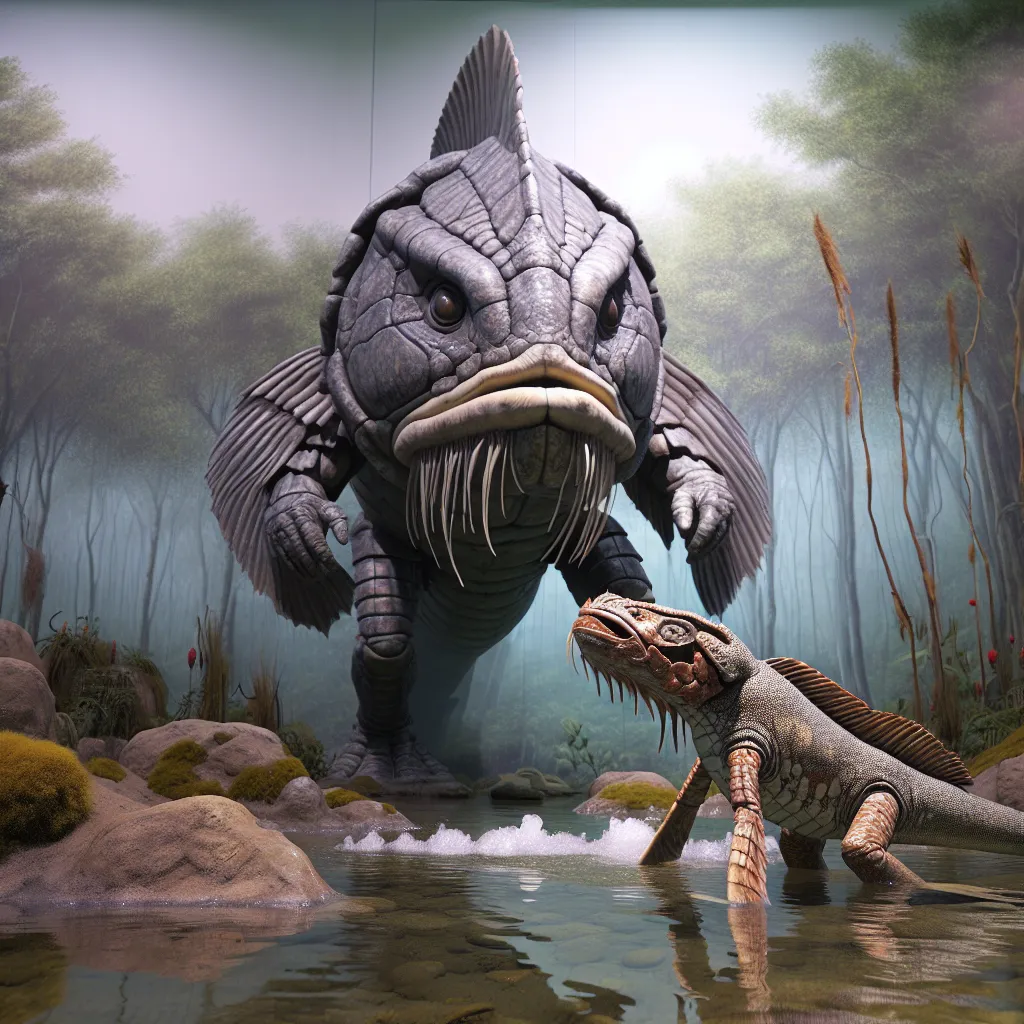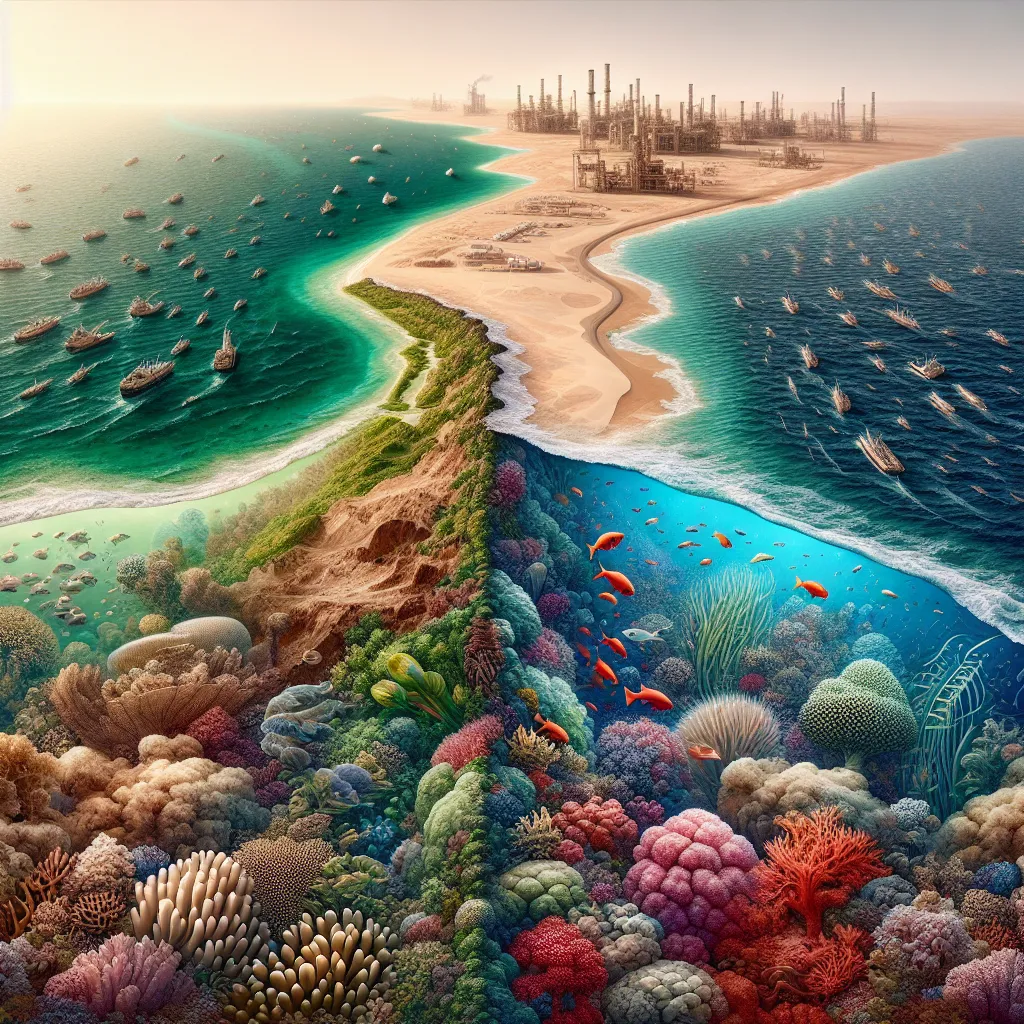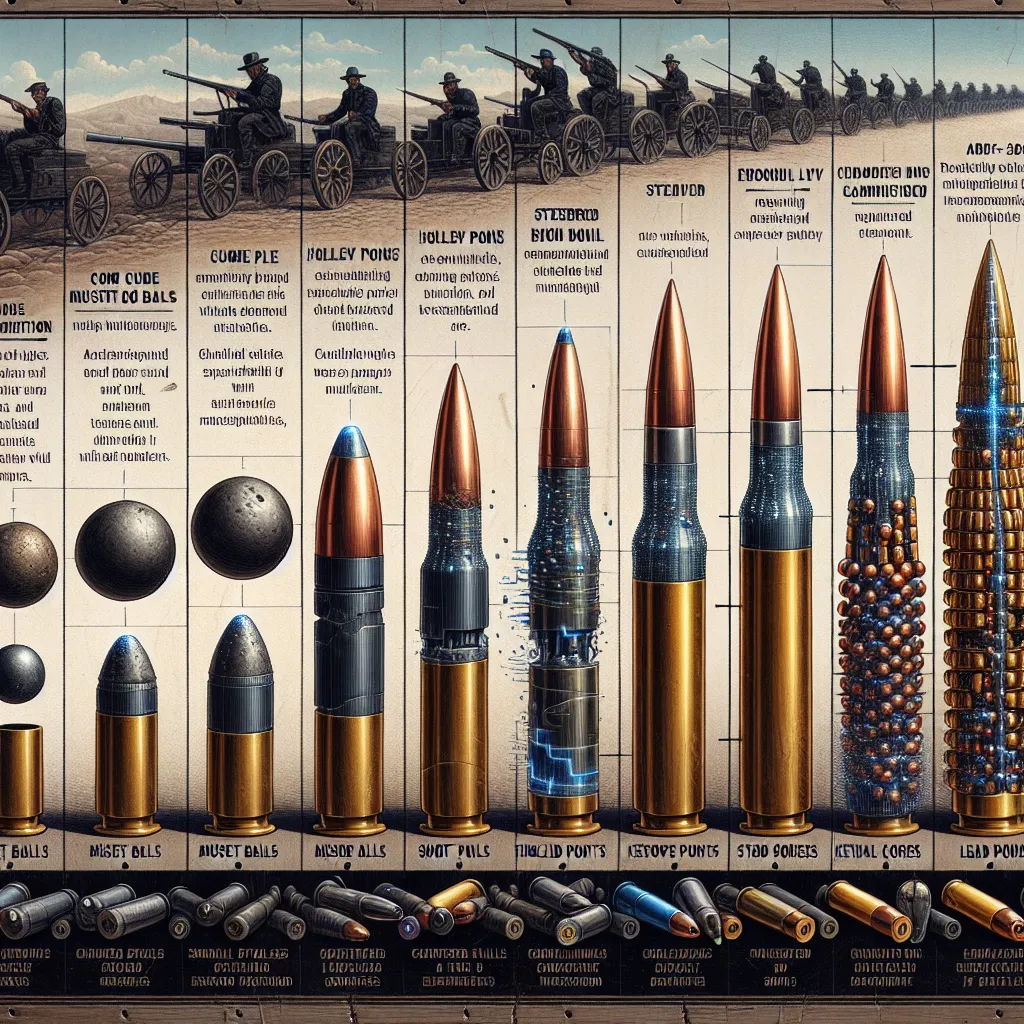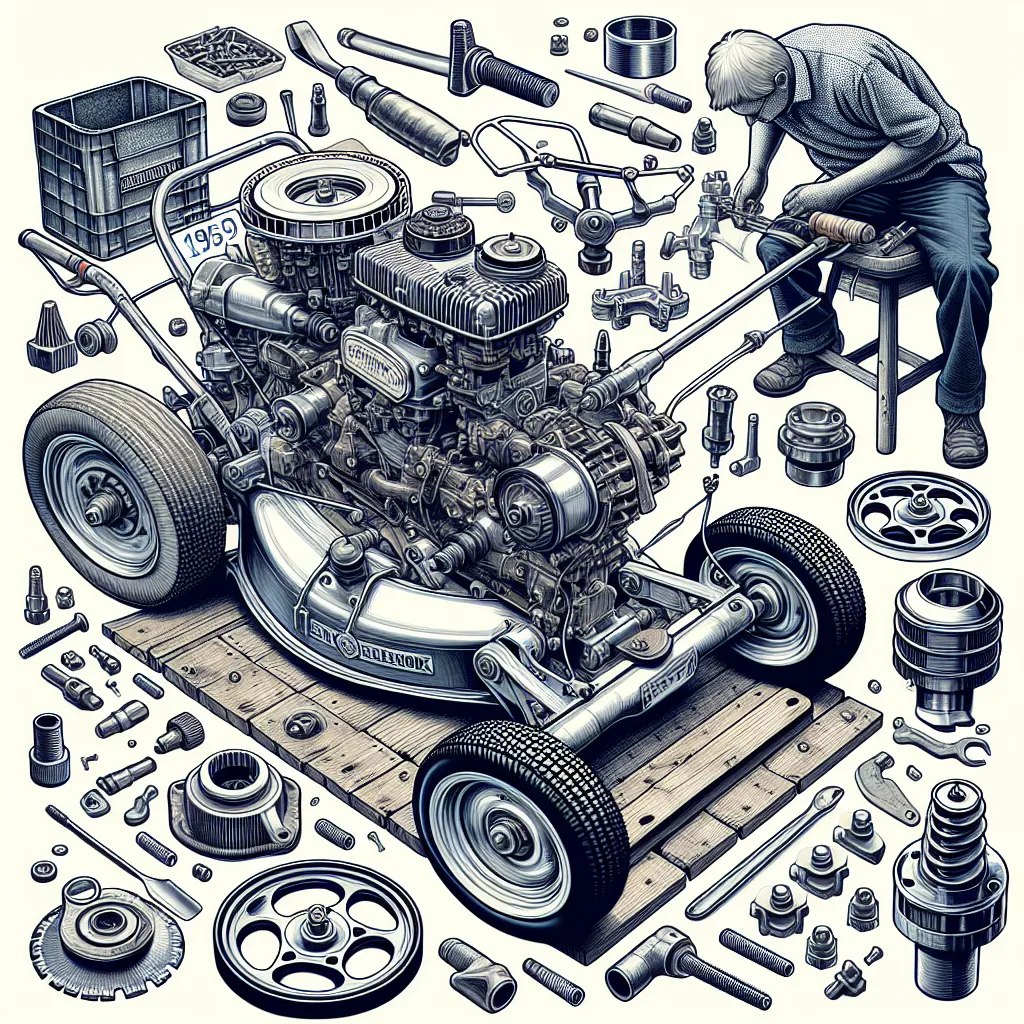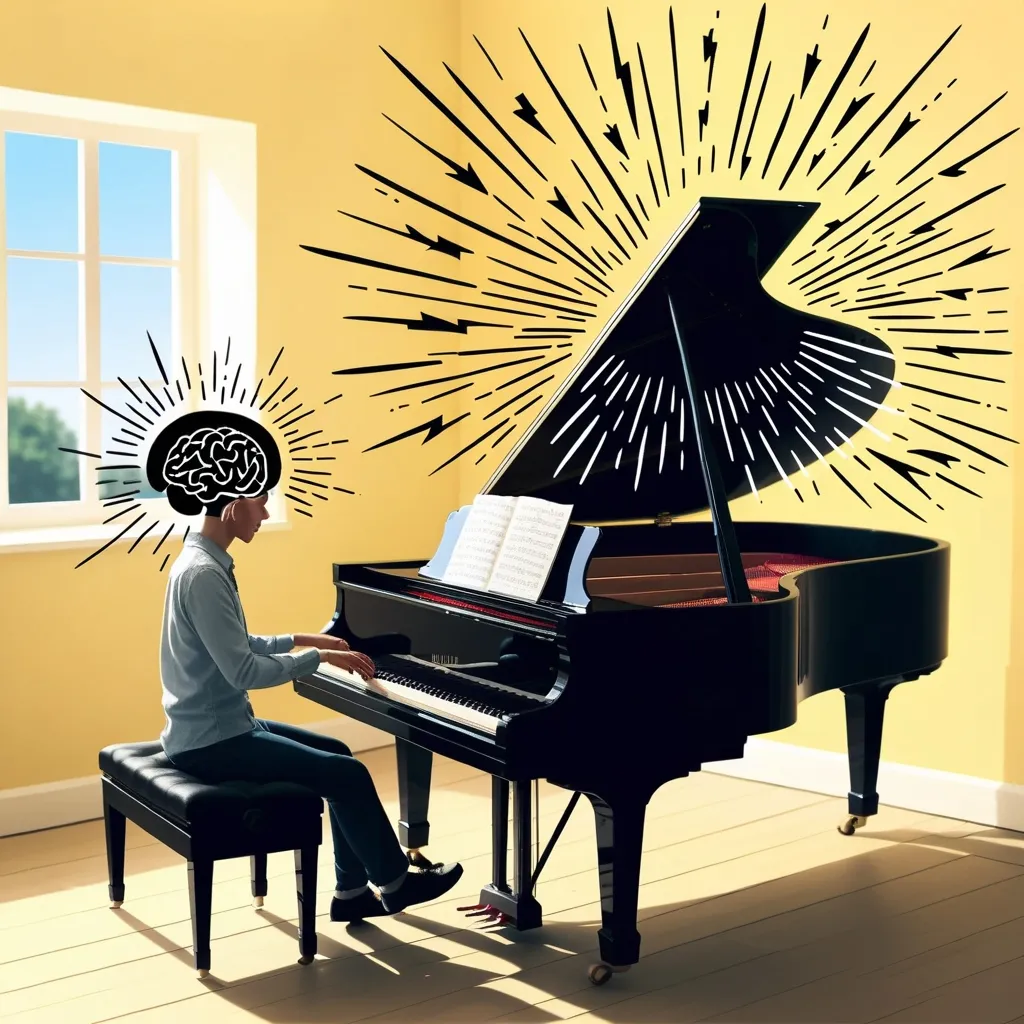Nature’s Ingenious Designs: Revolutionizing Healthcare Through Biomimicry
The human body is a marvel of engineering, honed by millions of years of evolution. As medical researchers, we’re increasingly turning to nature’s blueprints to solve some of our most pressing healthcare challenges. This approach, known as biomimicry, is opening up exciting new frontiers in medicine.
Let’s explore five groundbreaking innovations that are transforming healthcare by mimicking nature’s ingenious designs.
Imagine a bandage that doesn’t just cover a wound, but actively fights infection and promotes healing. That’s the promise of neural interface bandages, inspired by the electrical properties of human skin. These smart dressings can detect the early signs of infection and release targeted antimicrobials only when needed. But they go even further, using bioelectric stimulation to accelerate tissue regeneration.
How might this technology change the way we treat chronic wounds or burns? The potential is enormous, especially for patients with conditions like diabetes that impair natural healing.
“Nature is a great teacher. We just need to pay attention to her lessons,” said biomimicry pioneer Janine Benyus. This wisdom certainly applies to our next innovation.
Our bodies have a built-in waste removal system - the lymphatic network. Now, researchers are developing artificial lymphatic systems using microfluidic networks. These tiny channels can clear cellular debris and toxins from tissues damaged by disease or injury, mimicking the body’s natural processes.
Think about the implications for treating conditions like lymphedema or reducing inflammation after surgery. Could this technology eventually lead to more effective ways of delivering drugs directly to affected tissues?
Next, let’s consider the humble spider and its incredible silk. This natural fiber is not only strong but also highly elastic. Scientists have developed micro-sutures based on spider silk that can sense tension and adjust their tightness automatically as tissue swells or contracts during healing.
Imagine the benefits for delicate surgeries where maintaining the right tension is crucial. How might this technology reduce complications and improve outcomes for patients?
“In nature, nothing is wasted, nothing is left unused,” observed Leonardo da Vinci. This principle is beautifully illustrated in our next innovation.
Have you ever wondered how geckos can walk on walls and ceilings? The secret lies in the microscopic structures on their toe pads. Now, surgeons are using tools inspired by gecko feet to manipulate delicate tissues without causing mechanical damage.
These tools use nanoscale structures similar to gecko foot pads, allowing for reversible adhesion. The implications for minimally invasive surgeries are profound. How might this technology change the way we approach complex procedures?
Finally, let’s dive into the ocean for our last innovation. Marine mussels have an incredible ability to stick to rocks in wet, turbulent environments. Scientists have harnessed this chemistry to create tissue adhesives that work in wet environments like the cardiovascular system.
These mussel-inspired adhesives offer a non-toxic alternative to traditional surgical glues. Can you imagine the potential for treating internal injuries or sealing incisions in organs?
As we explore these innovations, it’s clear that nature has much to teach us. By observing and mimicking biological systems, we’re developing healthcare solutions that are more efficient, less invasive, and better aligned with the body’s natural processes.
“Look deep into nature, and then you will understand everything better,” said Albert Einstein. This sentiment perfectly captures the essence of biomimicry in healthcare.
But these advancements also raise important questions. How will these technologies integrate with existing medical practices? What ethical considerations might arise as we blur the lines between natural and artificial systems in the human body?
Moreover, as we develop these nature-inspired technologies, how can we ensure they remain accessible to all who need them? The potential for improving patient outcomes is enormous, but realizing that potential will require careful consideration of both the scientific and social implications.
As we stand on the brink of these exciting developments, it’s worth reflecting on our relationship with nature. For centuries, we’ve often approached medicine from a perspective of conquering or outsmarting nature. Now, we’re learning to work in harmony with nature’s designs, recognizing the wisdom encoded in millions of years of evolution.
This shift in perspective goes beyond just healthcare. It encourages us to see ourselves as part of nature, not separate from it. How might this worldview change our approach to other challenges we face as a society?
The field of biomimetic healthcare is still in its infancy, with many of these technologies still in the research or early development stages. But the potential is clear. By looking to nature for inspiration, we’re not just developing new medical technologies - we’re reimagining our entire approach to health and healing.
As we move forward, let’s keep our minds open to the lessons nature has to offer. After all, as the renowned biologist E.O. Wilson once said, “Nature holds the key to our aesthetic, intellectual, cognitive and even spiritual satisfaction.”
What other secrets might nature hold for improving human health? What biological systems or creatures might inspire the next breakthrough in medical technology?
The journey of discovery in biomimetic healthcare is just beginning. As we continue to explore and innovate, we’re not just advancing medical science - we’re deepening our understanding of life itself. And in doing so, we’re opening up new possibilities for a healthier, more harmonious future for all.
